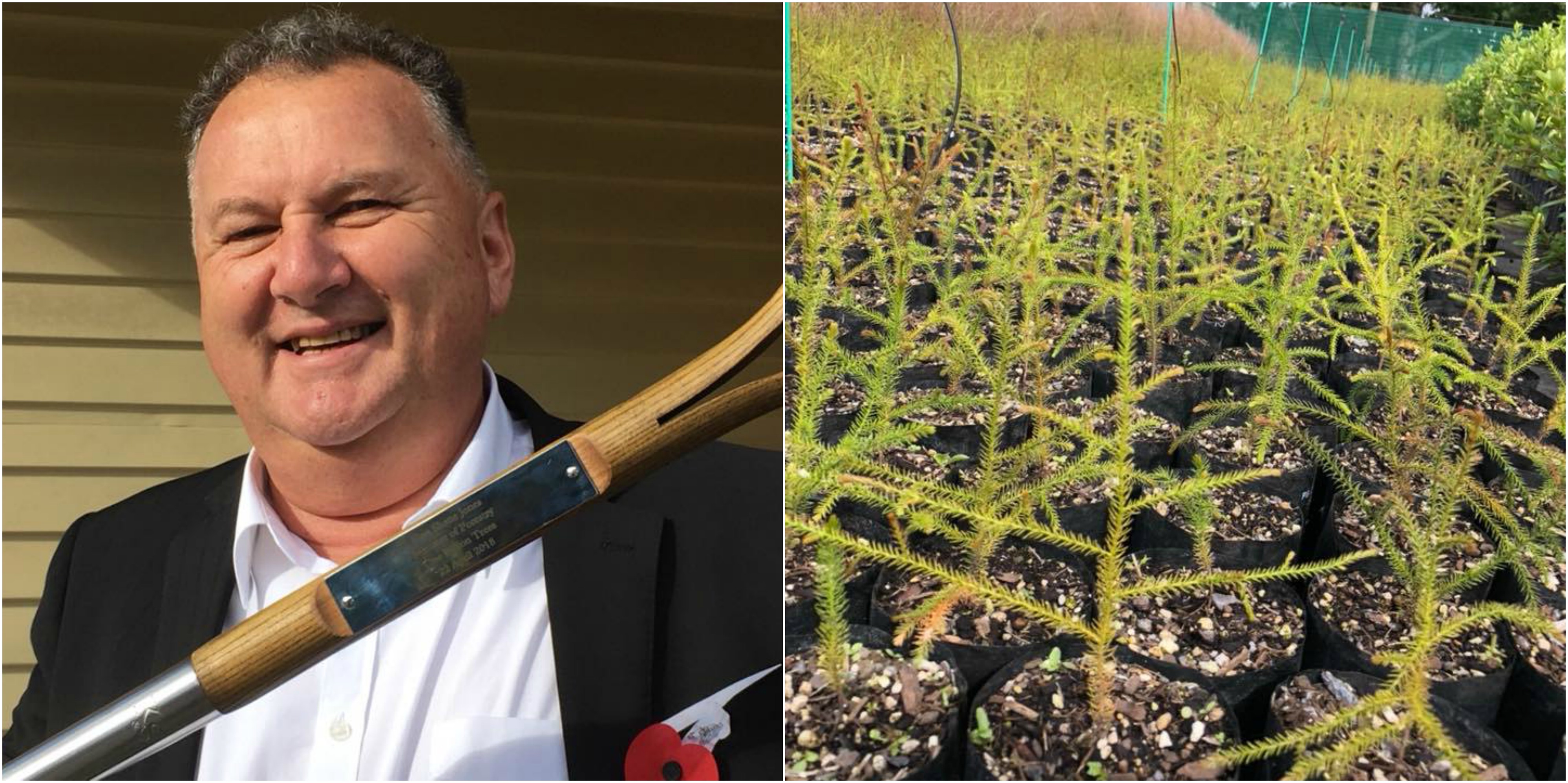Last month, the government’s highly ambitious 1 Billion Trees Planting Programme commenced spearheaded by the Minister for Forestry and for Regional Economic Development, Hon. Shane Jones.
The project is connected to both forestry and regional economic development, as the tree planting does not only aim to expand New Zealand’s forest cover but also to provide productivity to our regional towns and cities which have suffered from lack of investments historically.
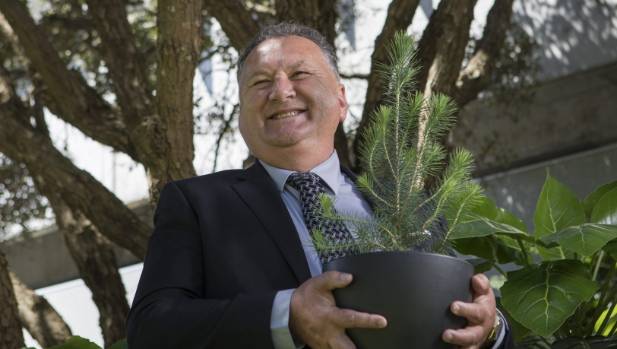
Such is the genius of this initiative which was one of the policy wins by the New Zealand First Party in their Coalition Agreement with New Zealand Labour: it intends to hit two birds with one stone, to tackle rural unemployment while confronting environmental problems such as carbon emissions and soil erosion.
A billion trees is estimated to cost $180 million, which will come from the $1 billion Provincial Growth Fund (PGF) that the New Zealand First Party also secured as part of their Coalition Agreement. The saplings will spread throughout 1 million hectares of land across the entire country, and the first of those tree saplings was planted in Gisborne on the 22nd of April.
The exact location was Tairawhiti, which according to Jones was a symbolic decision as it was “the first place to see the sun”. He was joined by Associate Minister for Agriculture Labour’s Meka Whaitiri and Gisborne Mayor Meng Foon, both also planted tree saplings of their own.
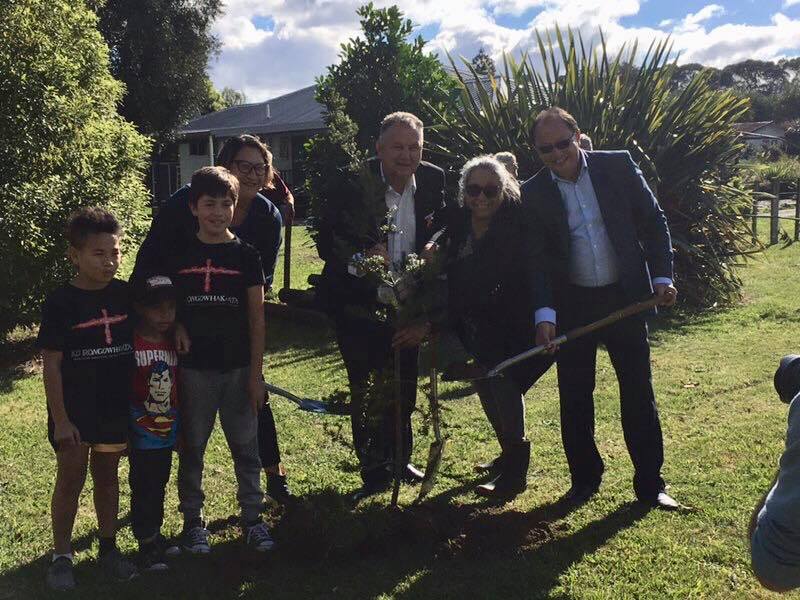
Aside from holding the soil in place, trees also absorb water into the ground thus improving the quality of the soil – which would help Gisborne’s erosion problems immensely.
Additionally, trees are also effective air filters. They suck out carbon dioxide in the air, thus offsetting our carbon emissions – a vital step in the fight against climate change. In fact, the Minister has already estimated that the planting of one billion trees would lead to “between 10-30 million tonnes of additional carbon dioxide removals”.
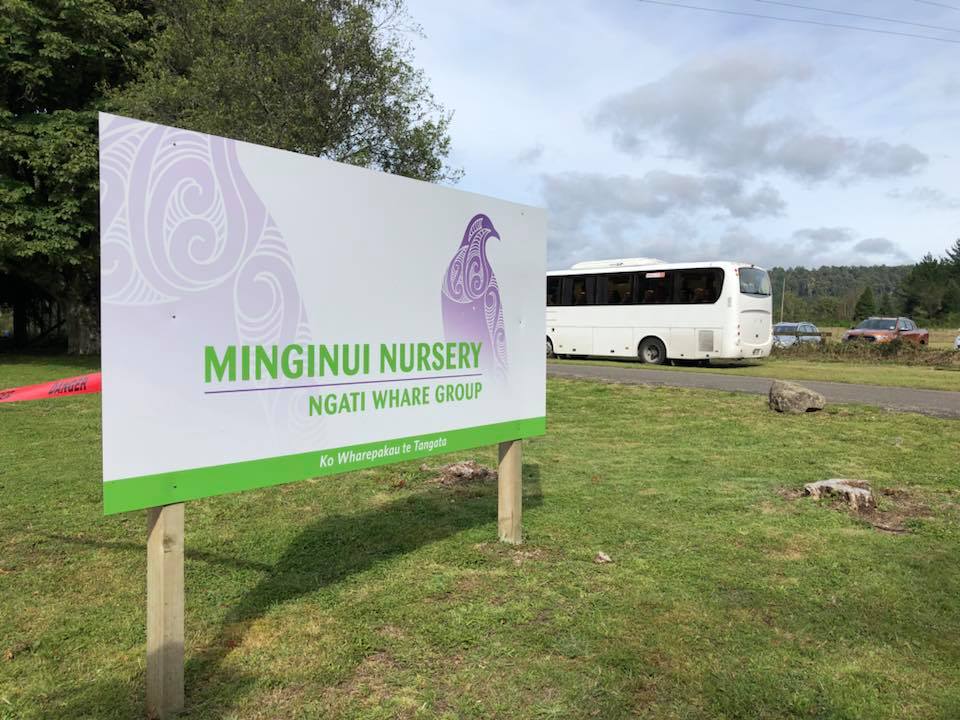
Naturally, a project this ambitious faces numerous challenges. The most obvious being the government’s ability to plant the one billion trees in the ten year timeframe, not only does it require a lot of hands but also land to plant the trees on.
Critics would argue that the labour requirements alone makes the task unrealistic, but unbeknownst to them the huge number of manpower required actually presents another opportunity for the country, and sees NZ First fulfill one of their promises to the region as well.
There are very little qualifications needed to plant a tree sapling on the ground, which makes tree planting a job all able-bodied people can do. This means that those unemployed in the regions, can find employment in the 1 Billion Trees Programme.
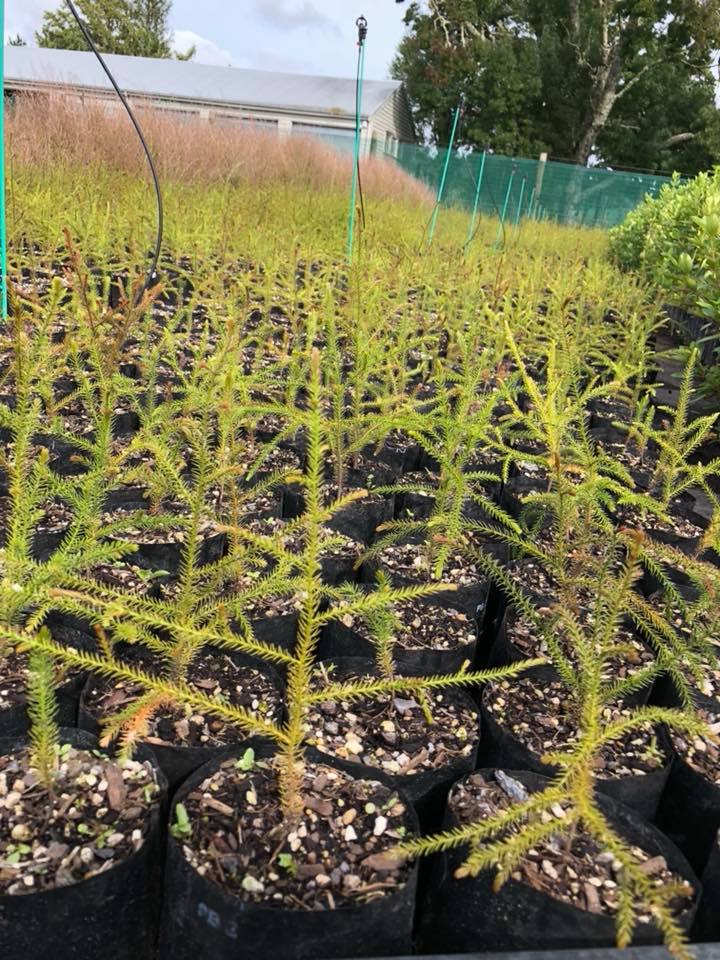
This fits in nicely with NZ First’s pre-election promise of boosting the regional economies if in government. The lack of infrastructure outside of the “Big 3” New Zealand cities has often made job opportunities scarce, but those having trouble finding employment can be helped by this massive tree planting initiative.
The Hon. Jones has also declared his intention to seek partnerships with the private sector and with iwi. A $5.8 million grant was recently provided to the Minginui Nursery of the Ngāti Whare iwi in the Bay of Islands to boost their seeding production.
Already, the nursery plans to expand its workforce to 90 from their current number of just 9 workers. Their production is also expected to rise to 1 million trees per year, focusing mainly on native tree species like totara, rimu, kahikatea, mataī and miro.
The Ministry of Primary Industries (MPI; which Forestry falls under) has already sought for landowners who are interested to lease part of their land to plant trees on. In the same vein, state-owned enterprises (SOEs) will also be tapped for their land assets. The first was Landcorp which, according to Jones, are “finalizing talks with to plant one million trees on 1,000 hectares of land during the winter season this year and another 1 million next year”.
The challenge is indeed there, but with help from iwi, private landowners, SOEs and added funding for MPI it is not insurmountable. The NZ Farm Forestry Association called the government’s target, “optimistic but achievable” which is what critics need to hear.
There is no denying that the 1 Billion Trees initiative is ambitious and challenging, but given the benefits New Zealand stands to gain environmentally and economically it is one worth pursuing.

